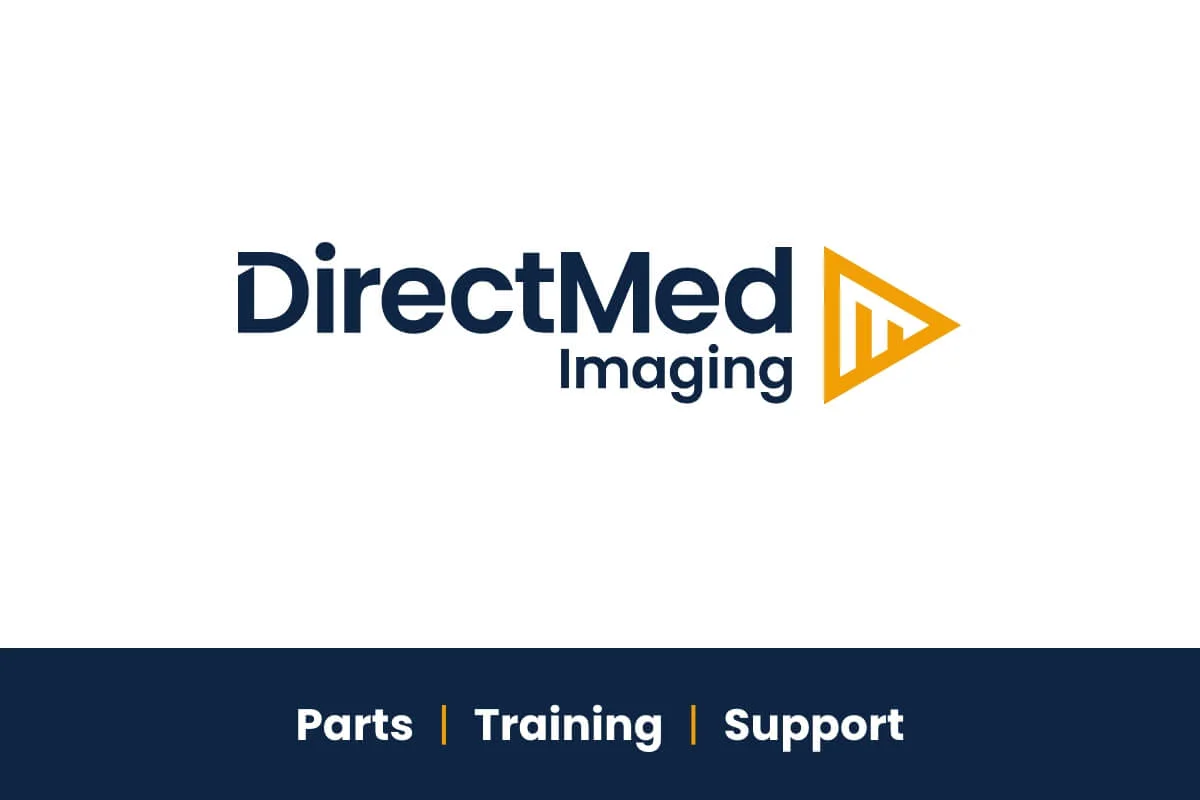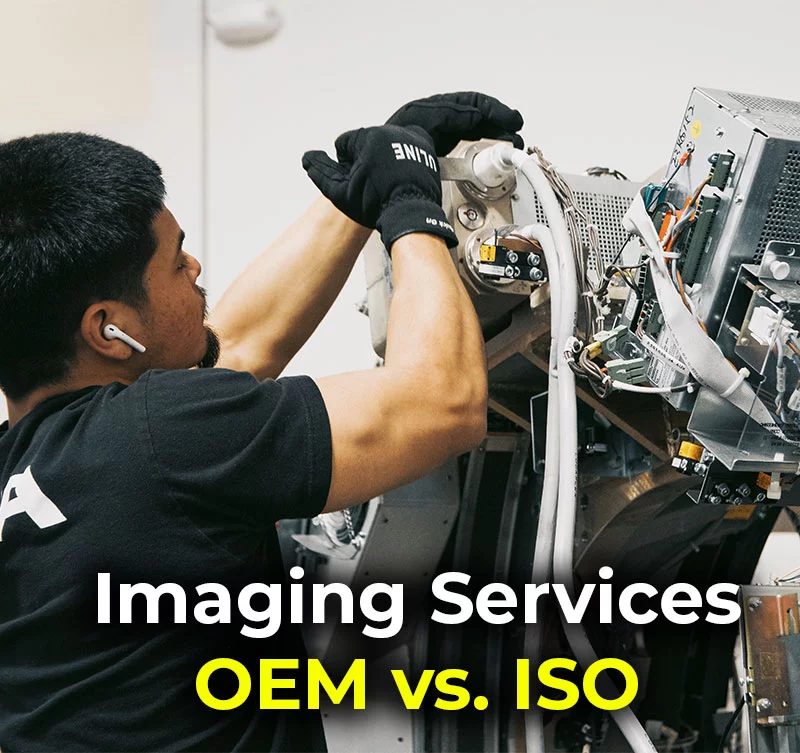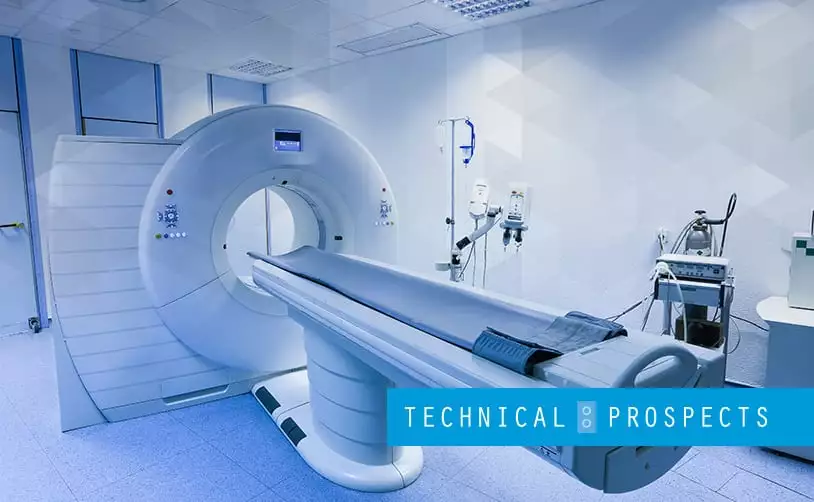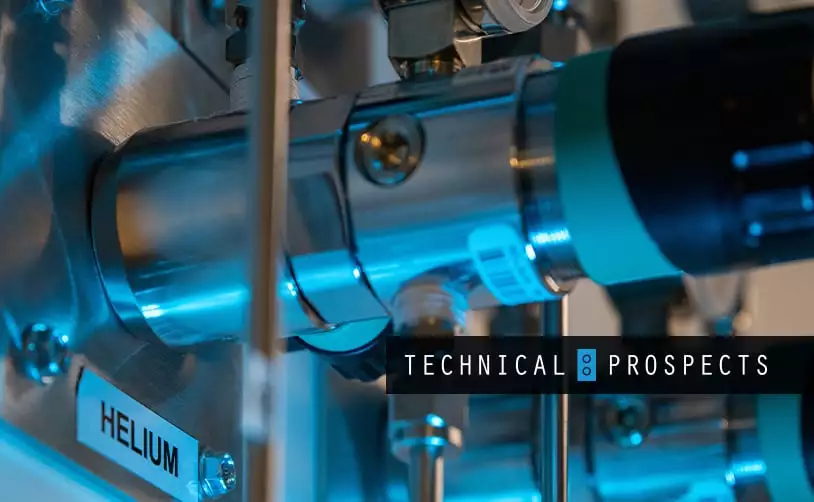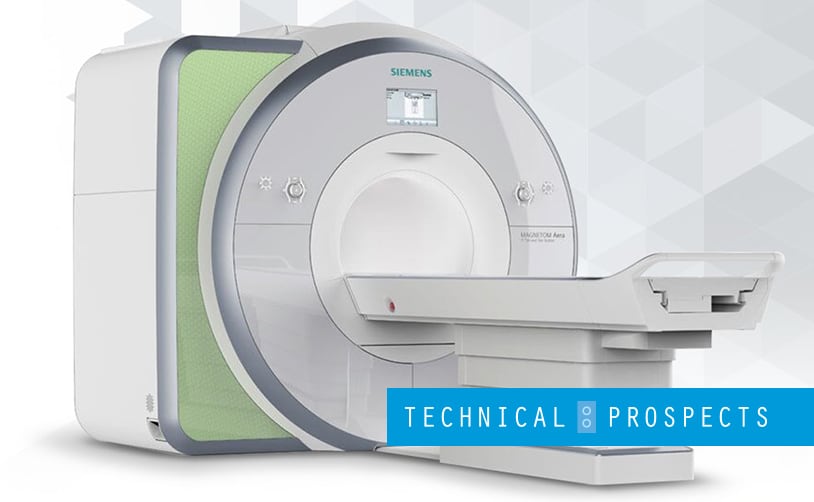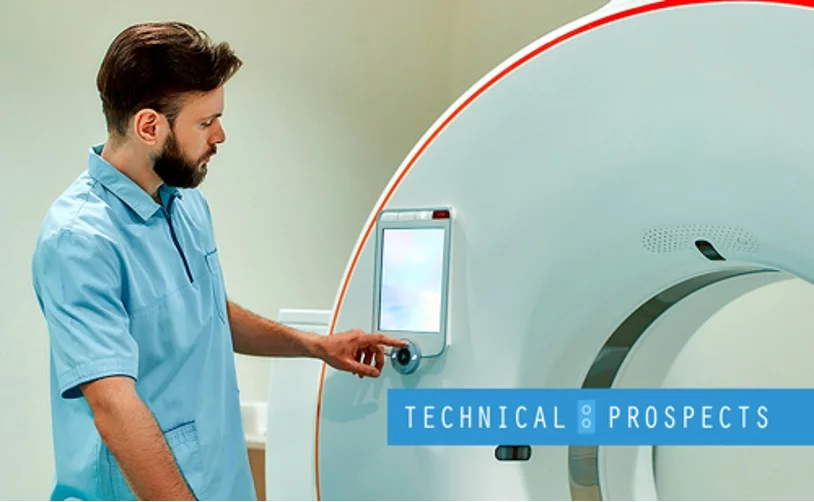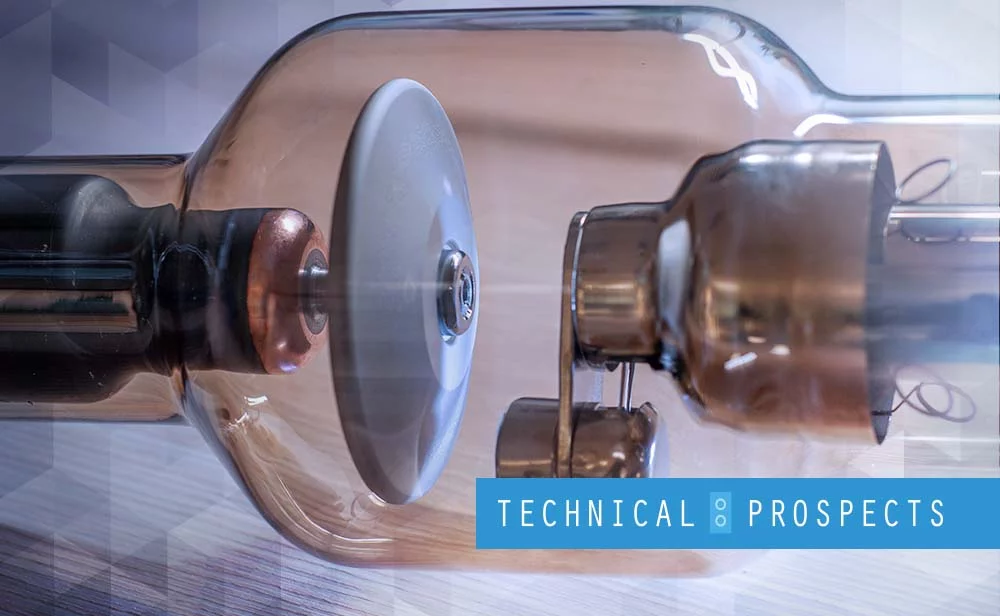Having an MRI machine means having to keep up with its regular maintenance and periodic part replacements. The lifespan of these replaceable parts can vary widely and is measured in a number of ways, most of which consider the amount of scan time the part experiences. Coils, cold heads, bearings and power supplies all require replacement after some wear and years of normal use. This guide will help you understand everything you need to know about the replacement of your cold head as it nears the end of its life.
What is a Cold Head and What Does it Do?
A cold head is part of the cooling system for the magnet and coil, which produces radio waves that make magnetic resonance imaging possible. The magnet and coil need to be cooled to a near-zero temperature, in order to create the superconductor that creates enough energy to complete an MRI. Liquid helium is used to cool the magnet from the inside.
As the magnet and coil are working together, they produce a lot of heat as a byproduct. The liquid helium that cools the element is often boiling, or close to boiling, when the machine is operating. As liquid helium converts to gas through the boiling process, much of it can escape through ventilation. The role of the cold head is to re-compress the helium into a liquid state and recirculate it through the magnet for continued cooling.
How Long Do Cold Heads Last? 
There is much variation in the lifespan of an MRI cold head, but new cold heads last approximately 5 years. Refurbished cold heads can last around 4 years, but there is some variation in these lifespans based on the amount and type of use of the MRI machine. Proper maintenance and operation of the MRI machine in accordance with its user manual also lengthens the lifespan of the equipment.
You can prolong the life of your equipment in a couple of ways. Firstly, keeping the machine in a clean and cool room can help protect its mechanics and prevent it from having to work even harder in cooling itself down. You can also pay attention to the machine’s sounds and patterns when it’s being operated. Changes in the pitch or tone of your machine could indicate changes in the cold head. Inefficient cold head function will cause magnet pressure to rise, resulting in the accelerated loss of helium, through vapor. Cold head damage can also cause increased radio frequency (RF) noise, which can create image artifacts.
Checking the dynamic and static pressures of the magnet refrigeration (MREF) can help you identify any inefficient or less-than-ideal operating conditions for the magnet. Always check the magnet cooling status during an MREF inspection, and always check or replace the water filter/strainer during every preventative maintenance check.
Checking or replacing your system’s absorber can help prevent oil contamination that might shorten the lifespan of your cold head. The absorber is the final filtration barrier in the system, preventing oil from contaminating the helium. Just like all filters, it needs replacement when saturated. Absorbers should be replaced annually at least annually.
How Much Do They Cost to Replace?
Replacement MRI cold heads can cost anywhere from $8,000 to $15,000. This depends predominantly on the system the cold head is for, and whether you decide to purchase a new or refurbished part. For pricing and availability, please request a quote here.
When Should I Replace My Cold Head?
When the cold head begins to exhibit any of the above mentioned changes in noise (from the cold head itself or RF noise), it’s a good time to look into replacement parts. If your compressor is working properly and you see spikes or fluctuations in your recondensing margin, it’s likely the cold head is nearing replacement time.
Changes in the helium level can indicate it’s time for a new cold head. Once helium begins to be lost, it’s likely to continue being lost at faster and faster rates, which can be costly. Helium is relatively hard to come by, and is therefore quite expensive, at about $20 to $25 per liter. As more and more helium is lost, the magnet will not be cooled, which can cause further damage to the machine. Finally, any other changes in noise, like banging or knocking, or any other noise that’s out of the ordinary for your machine, might indicate a need for a parts change. Scheduled service technicians can also check for contamination in the helium, and check for absorber saturation in order to help determine when the cold head will need replacement.


